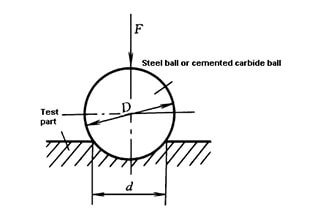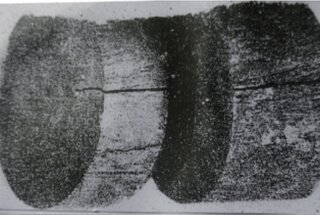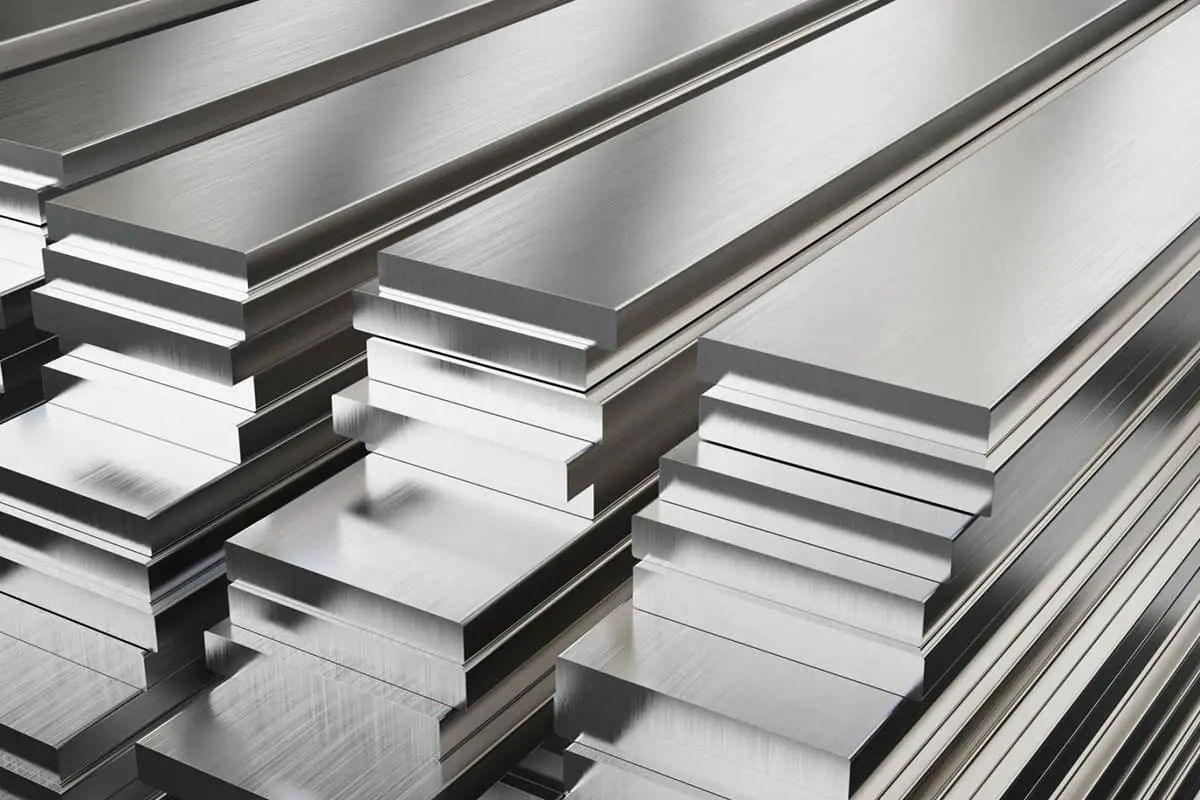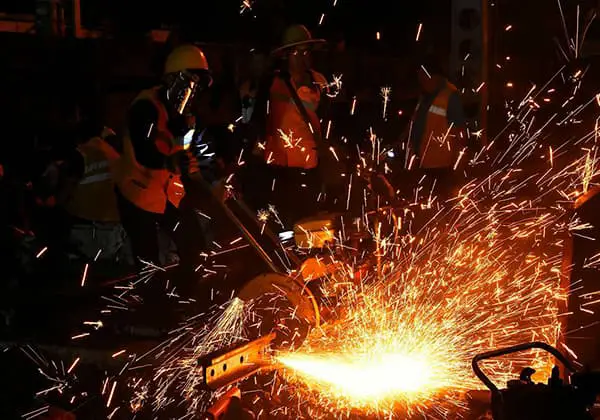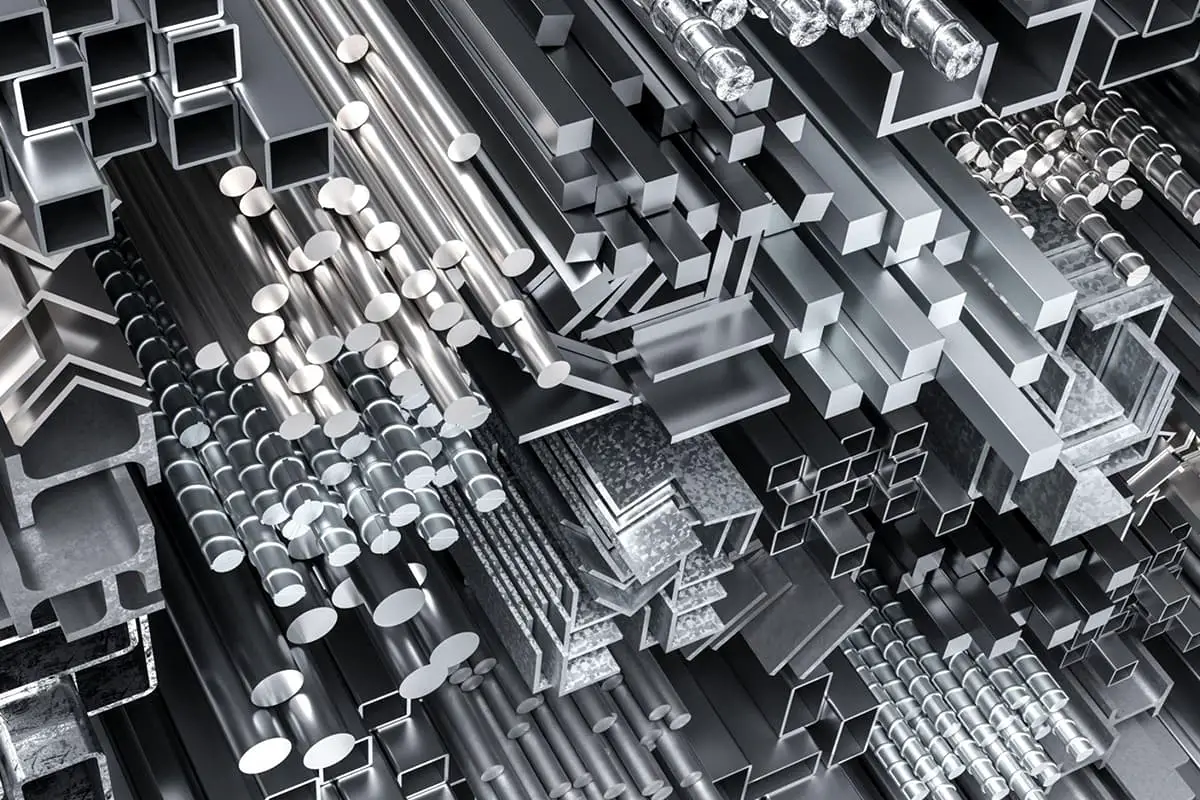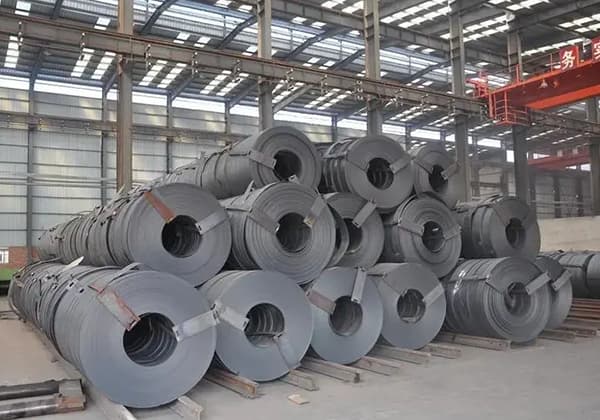
Ever wondered why pipe diameters can be so confusing? This article unravels the mystery behind DN, De, and Φ, explaining their meanings and uses. Get ready to understand how these measurements impact your engineering projects and why they matter.
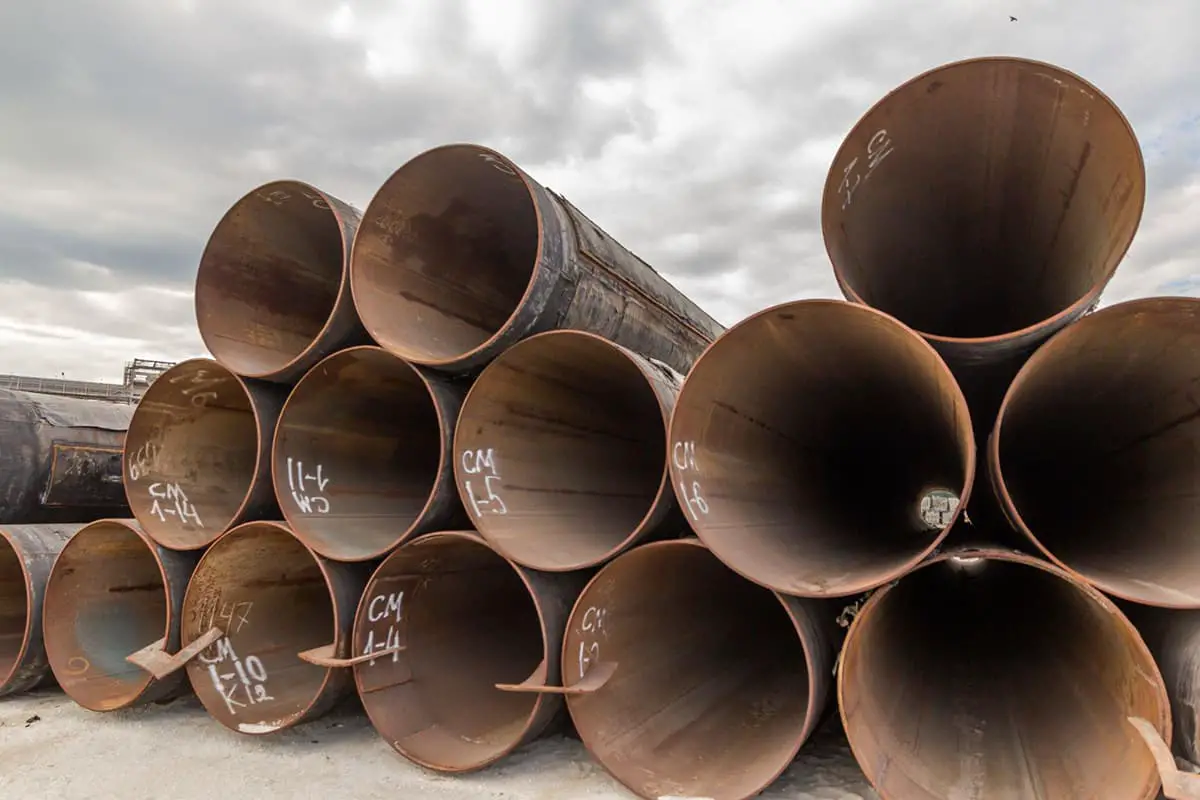
This article primarily focuses on “pipe diameter,” a rather perplexing subject due to its various representation methods. I’ll explain the usage and differences between outer diameter (De), the diameter/outer diameter of a regular circle (Φ), and nominal diameter (DN).
What do DN, De, and Φ represent?

Commonly used to describe: galvanized steel pipes
The nominal diameter can be represented in metric mm or in inches. Piping accessories also use nominal diameter for representation, with the same implications as seam pipes. Its correlation with the imperial system is as follows:
| Inches (in) | DN | Nominal Outer Diameter (mm) |
| 1/2(4″) | 15 | Φ20 |
| 3/4(6″) | 20 | Φ25 |
| 1 | 25 | Φ32 |
| 11/4 | 32 | Φ40 |
| 11/2 | 40 | Φ50 |
| 2 | 50 | Φ63 |
| 21/2 | 65 | Φ75 |
| 3 | 80 | Φ90 |
| 4 | 100 | Φ110 |
| 5 | 125 | Φ140 |
| 6 | 150 | Φ160 |
Nominal diameter, also known as mean outside diameter, originates from the fact that metal pipes have thin walls, and the difference between the outer diameter and the inner diameter is negligible. Therefore, the average of the outer diameter and the inner diameter of the pipe is used as the nominal diameter.
DN stands for nominal diameter, which is the universal caliber of various pipes and pipe fittings. The nominal diameter is a convenient round integer for reference, which is only loosely related to the processing size. Pipes and pipe fittings with the same nominal diameter can be interchanged. It is not the actual outer or inner diameter of the pipe, although its value is close to or equal to the inner diameter of the pipe.
For example, welded steel pipes can be divided into thin-walled steel pipes, ordinary steel pipes, and thickened steel pipes according to thickness. Its nominal diameter is neither outside diameter nor inside diameter, but a nominal size close to the inner diameter of ordinary steel pipes. Each nominal diameter corresponds to an outside diameter, and its inner diameter varies with different thicknesses.
De primarily refers to the outer diameter of a pipe. It is mainly used to describe seamless steel pipes, PVC and other plastic pipes, as well as other pipe materials where the wall thickness needs to be clearly stated. Pipes generally marked with De need to be labeled in the format of outer diameter X wall thickness.
Take the galvanized welded steel pipe as an example; the labeling methods using DN and De are as follows:
We typically use DN to label welded steel pipes, and rarely use De to mark pipes unless the wall thickness is involved. However, when it comes to labeling plastic pipes, it’s a different story altogether. It’s related to industry customs where, in practical construction process, we commonly refer to the 20, 25, 32, etc. pipes as De, not DN.
In addition, based on practical field experience:
a. The two types of pipe materials can be connected in two ways: threaded connections and flange connections.
b. Both galvanized steel pipes and PPR pipes can use the above two types of connections. However, pipes smaller than 50mm are more conveniently connected with threads, while those larger than 50mm are more reliably connected with flanges.
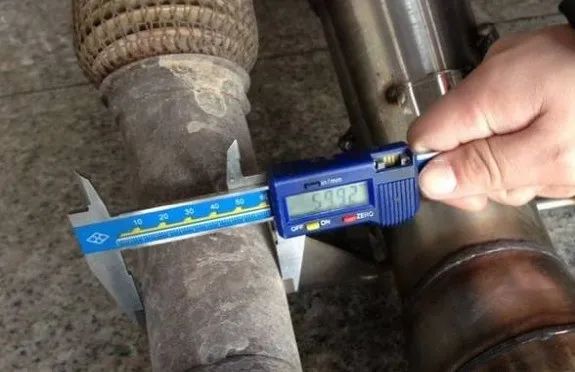
Note: When connecting two metal pipes of different materials, consider whether a galvanic reaction will occur. If it does, it will accelerate the corrosion rate of the active metal material pipe. It’s best to use flanged connections and insulating materials like rubber gaskets to separate the two metals. This includes using gaskets to separate bolts to avoid contact.
The symbol Φ can also represent the outer diameter of a pipe, but in this case, it should be multiplied by the wall thickness.
For example, Φ represents the diameter of a common circle. Of course, Φ can also represent the outer diameter of a pipe, but in this case, it should be multiplied by the wall thickness. For instance, Φ25×3 indicates a pipe with an outer diameter of 25mm and a wall thickness of 3mm.
For seamless steel pipes or non-ferrous metal pipes, they should be marked as “outer diameter × wall thickness”. For example, Φ107×4, where Φ can be omitted.
In China, ISO, and some Japanese standards, the wall thickness dimension is used to represent the pipe wall thickness series. For these types of pipes, the notation is outer diameter × wall thickness, such as Φ60.5×3.8.
Please refer to the pipe nominal diameter and outer diameter comparison table.
| Comparison Table of Nominal Diameter and Outer Diameter for Various Types of Pipes | ||||||||||
| Serial Number | Nominal Diameter DN | Welded Steel Pipe | Seamless Steel Pipe | Spiral Pipe | UPVC Pipe | PP-R Pipe | PB Pipe | Aluminum Plastic Pipe | Cast Iron Drainage Pipe | High-Density Polyethylene Pipe |
| 1 | 15 | 21.3 | 20 | 20 | 20 | |||||
| 2 | 20 | 26.8 | 28 | 25 | 25 | 25 | ||||
| 3 | 25 | 33.5 | 32 | 32 | 32 | 32 | ||||
| 4 | 32 | 42.3 | 38 | 40 | 40 | 40 | ||||
| 5 | 40 | 48 | 48 | 50 | 50 | 50 | ||||
| 6 | 50 | 60 | 57 | 50 | 63 | 63 | 63 | 50 | 50 | |
| 7 | 65 | 75.5 | 76 | 75 | 75 | 75 | 75 | |||
| 8 | 80 | 88.5 | 89 | 75 | 90 | 90 | 90 | 75 | ||
| 9 | 100 | 114 | 108 | 110 | 110 | 110 | 110 | 100 | 110 | |
| 10 | 125 | 140 | 133 | 125 | ||||||
| 11 | 150 | 165 | 159 | 160 | 150 | 160 | ||||
| 12 | 200 | 219 | 219 | 200 | 200 | 200 | ||||
| 13 | 250 | 273 | 273 | |||||||
| 14 | 300 | 325 | 325 | |||||||
| 15 | 350 | 377 | 377 | |||||||
| 16 | 400 | 426 | 426 | |||||||
| 17 | 450 | 480 | 480 | |||||||
| 18 | 500 | 530 | 530 | |||||||
| 19 | 600 | 630 | 630 | |||||||
DN stands for Nominal Diameter, De for External Diameter, and Dg is a specially named Diameter Gong, which is exclusive to domestically made products in China and is no longer in use today.
Relationships between DN, De, Dg, and Φ
The pipe diameter should be expressed in millimeters (mm), and the expression of the pipe diameter should conform to the following rules:
For gas transportation steel pipes (galvanized or non-galvanized), cast iron pipes, and other materials, the diameter should be represented by the Nominal Diameter (DN).
For seamless steel pipes, welded steel pipes (straight seam or spiral seam), copper pipes, stainless steel pipes, and other materials, the diameter should be represented as External Diameter × Wall Thickness (Φ).
For reinforced concrete (or concrete) pipes, clay pipes, acid-resistant ceramic pipes, cylinder tile pipes, and other materials, the diameter should be represented by the internal diameter (d).
For plastic pipes, the diameter should be represented according to the method specified in the product standards.
When the Nominal Diameter (DN) is used to represent the pipe diameter in the design, there should be a comparison table between the Nominal Diameter (DN) and the corresponding product specifications.
The specifications for PVC pipes used in building drainage are represented by de (Nominal External Diameter) × e (Nominal Wall Thickness) (GB 5836.1-92), and the specifications for PP (Polypropylene) pipes used for water supply are represented by de × e (Nominal External Diameter × Wall Thickness). This is how plastic pipes are marked on engineering drawings.
Metric Dimension Size (DN)
Generally referred to as the “nominal size,” DN doesn’t represent the external diameter nor the internal one. Instead, it represents the average of the two, often referred to as the average internal diameter.
For example, the metric dimension size (in mm) for a plastic pipe with an outer diameter of 63mm is DN50.
ISO Metric Dimension Size
The term ‘Da’ represents the outer diameter of PVC and ABS pipes, while ‘De’ represents the outer diameter of PP and PE pipes.
For instance, for a plastic pipe with an outer diameter of 63mm, the ISO metric dimension size (in mm) is Da63 for PVC and ABS pipes.
In summary, the respective ranges represented by De, DN, d, and φ are as follows:

